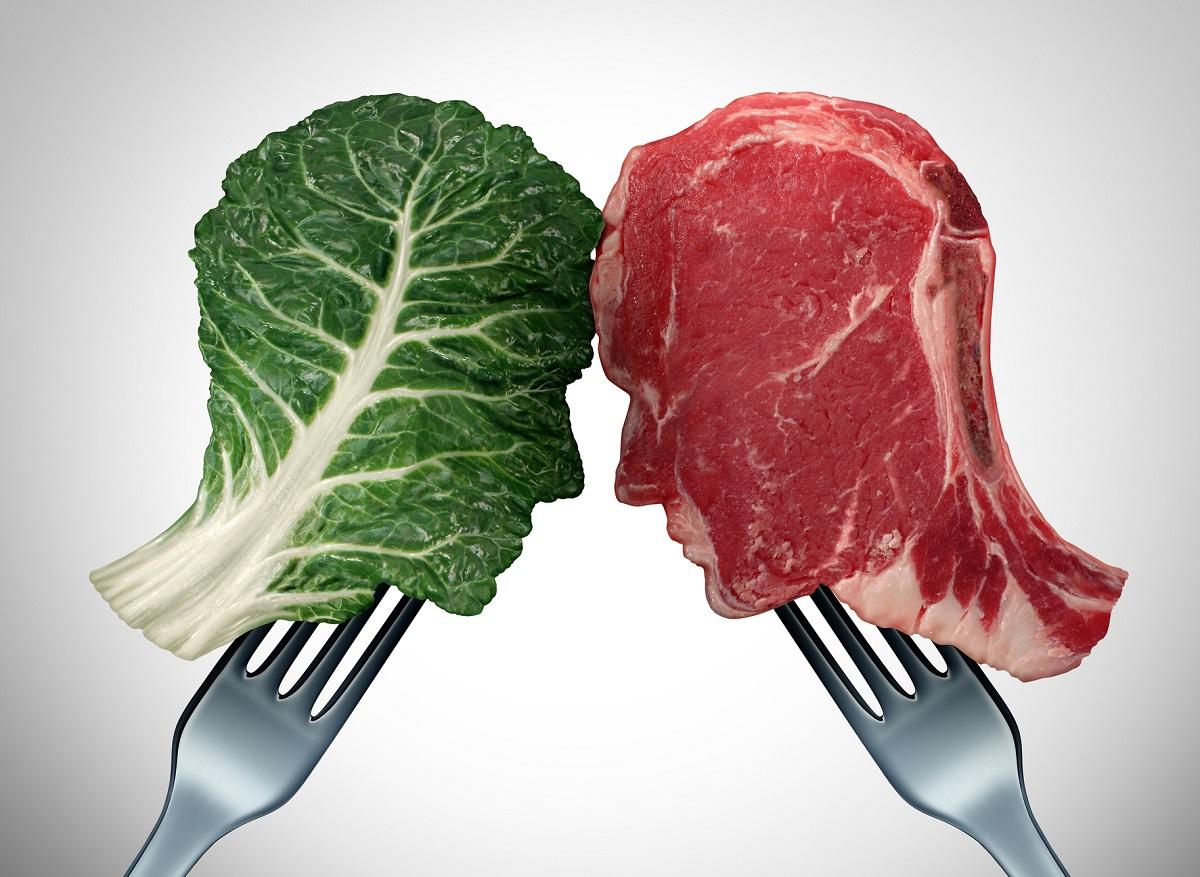The how and what of health claims
If a carton of yogurt says that it improves bowel function, the manufacturer can be blamed. Medical claims on food are not allowed. But it is okay to say that the yogurt is good for digestion. An overview of the claims on foods: which are allowed, which are not and why.
Medical claims say to prevent or cure disease. These claims are prohibited, but they are used secretly. For example, the claim ‘Improves bowel function’ is a medical claim. And is therefore not allowed to be used by the EU. But the dividing line with health claims, which are allowed, is paper thin. The statement ‘Favorable influence on the intestinal function’ is allowed again, because that is a health claim.
Health Claims and Disease Risk Claims
In the Netherlands, the KOAG/KAG inspection board maintains an extensive overview of claims. In addition, this council advises whether companies are allowed to use them.
‘For good digestion’ and ‘Favorable influence on the heart and blood vessels’ are examples of health claims. They emphasize the positive effect of a food on health. For manufacturers wishing to make such a claim, the following rules apply:
- The claim must be scientifically substantiated.
- The packaging must state how much of the product is needed to achieve the promised effect and that it is important to eat a varied and balanced diet.
- The claim must never give the impression that not eating or drinking a product can harm health.
- The claim must not contain personal recommendations from doctors.
An additional rule applies to manufacturers who claim that their product reduces the risk of a disease (the disease risk claims). They should mention that diseases can have many causes, and that one product cannot eliminate all risks.Which claims are allowed?
Most of the claims you will come across as a consumer are nutritional claims. ‘Rich in fibre’, ‘Less sugar’ and ‘Source of protein’ are promises that adorn many supermarket products. To manage the use of such claims, the EU has established a list of permitted claims and conditions that products must comply with. Below are some examples from the list.
- low in calories
May only be on products that contain less than 40 kcal per 100 grams (or 20 kcal per 100 ml). - Fewer calories
May only be on products whose energy value has been reduced by at least 30 percent. - no calories
May only be on products that contain a maximum of 4 kcal per 100 ml. - low fat
May only be listed on products that contain a maximum of 3 grams of fat per 100 grams (or 1.5 grams per 100 ml, 1.8 grams per 100 ml of milk). - Fat free
May only be on products that contain a maximum of 0.5 grams of fat per 100 grams (or 1.5 grams per 100 ml). Claims like ’98 percent fat-free’ are not allowed. - Low in saturated fats
May only be on products that contain a maximum of 1.5 grams of saturated fat and trans fatty acids per 100 grams (or 0.75 grams per 100 ml). - Free from saturated fats
May only be on products that contain a maximum of 0.1 grams of saturated fat and trans fatty acids per 100 grams or 100 ml. - low in sugar
May only be on products that contain a maximum of 5 grams of sugar per 100 grams (or 2.5 grams per 100 ml). - sugar free
May only be on products that contain a maximum of 0.5 grams of sugar per 100 grams or 100 ml. - No added sugars
May only appear on products to which no sweetening foods have been added. Products that naturally contain sugars must read: ‘This product contains naturally occurring sugars’. - Low sodium / low salt
May only be on products that contain a maximum of 0.12 grams of sodium or salt per 100 grams or 100 ml. - Very low sodium / salt content
May only be listed on products that contain a maximum of 0.04 sodium or salt per 100 grams or ml. - Sodium-free / salt-free
May only be on products that contain a maximum of 0.005 grams of salt per 100 grams. - Source of fibers
May only be on products that contain at least 3 grams of fiber per 100 grams (1.5 grams per 100 kcal). - high fiber
May only be on products that contain at least 6 grams of fiber per 100 grams (3 grams per 100 kcal). - Source of protein
May only be on products whose energy is supplied for at least 12 percent by proteins. - high protein
May only be on products if at least 20 percent of the energy is supplied by proteins. - Increased content of…
May only be on products that contain at least 30 percent more of an ingredient than comparable products. - Reduced content of…
May only be on products that contain at least 30 percent less of an ingredient than comparable products. - light (lite)
May only be on products that contain at least 30 percent less of an ingredient than comparable products. The manufacturer must state to which component the term ‘light’ applies. - Vitamins and minerals
Separate rules apply to claims about vitamins and minerals. The most important are that manufacturers are not allowed to add vitamins and minerals in dangerously large quantities, and that vitamins are not allowed to be added to fish and vegetables.
The complete list can be found in the annex to the regulation EC 1924/2006.
The following applies to all claims:
- That they should not be ambiguous, inaccurate or misleading.
- That they should not encourage or condone excessive consumption.
- That they should not suggest that deficiencies arise with a healthy and balanced diet.
Finally, a few more are banned. For example, health and nutrition claims may not be on products that contain more than 1.5 percent alcohol. And diet products should not contain any claim that says anything about the speed with which consumers can lose weight.















